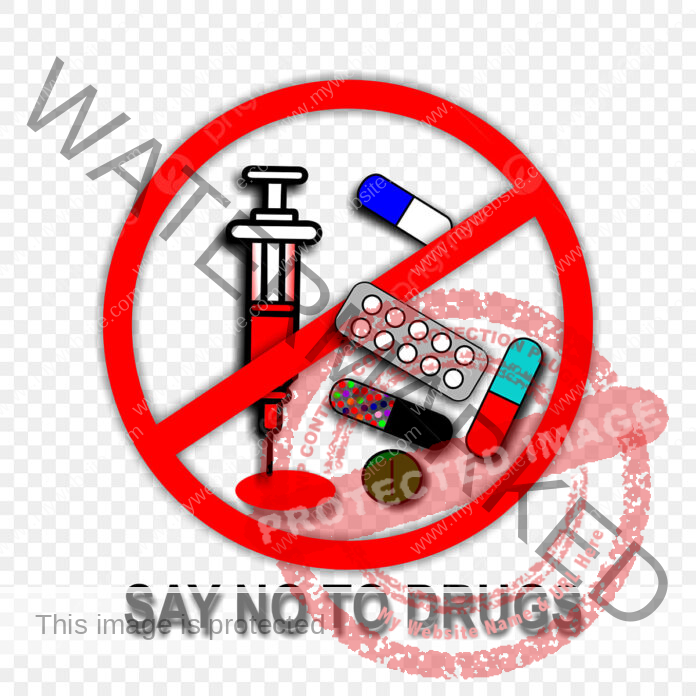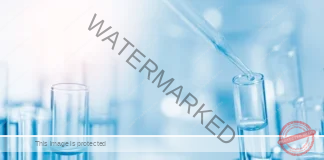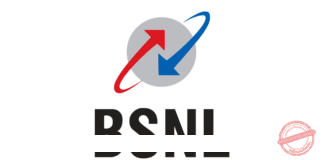Opioids or pain relieving medicines have been found to be the most sought after substance by children and adolescents in age group of 10-17 years in country for a ‘high’.
As per the latest comprehensive National Survey on Extent and Pattern of Substance Use in India conducted by the Ministry of Social Justice and Empowerment through National Drug Dependence Treatment Center (NDDTC), AIIMS during 2018, the data revealed maximum of minor aged kids and adolescent in age group of 10-17 years consuming Opioids as the main source of addiction.
The survey revealed, a maximum of 40 lakh such children were hooked to Opioids pushing its prevalence (in
%) amidst other categories of drugs to a maximum of 1.30 %.
Opioids are a broad group of pain-relieving medicines that work with brain cells. Opioids can be made from the poppy plant — for example, morphine (Duramorph, MS Contin, others). It could also be made in a laboratory — for example, fentanyl (Actiq and Fentora).
The survey further revealed Alcohol was the next most sought after substance with second highest count of 30 lakh users pegging its prevalence at 1.30%. Also inhalents were also not behind on priority list of kids with 30 lakh users and prevalence rate of 1.17%.
The third most liked substance by minor aged children in country for a kick was Cannabis with 20 lakh users and prevalence rate of 0.90 %. Similarly, sedatives also had 20 lakh users in country with prevalence rate of 0.58 % respectively.
Amphetamine Type Stimulants (ATS) also has a major liking by around 4 lakh minor aged addicts with pegging its prevalence rate at 0.18 %. Long term use of Amphetamine Type Stimulants could cause sleeping disorders, such as insomnia, anxiety and depression, mental issues such as paranoia, irregular heartbeat, fatal kidney and lung disorders, brain damage, hallucinations, disorganized lifestyle, permanent psychological problems, etc.
As per the survey report, Coccaine and Hallucinogens amongst various psychoactive substances have been found to have around 2 lakh users each in the country.
Reports revealed the Ministry of Social Justice and Empowerment was implementing the National Action Plan for Drug Demand Reduction (NAPDDR), an umbrella scheme under which financial assistance is provided to State Governments/ Union Territory (UT) Administrations for Preventive Education and Awareness Generation, Capacity Building, Skill development, vocational training and livelihood support of ex-drug addicts, Programmes for Drug Demand Reduction by States/UTs, etc.
Also financial assistance was also being provided to NGOs/VOs for running and maintenance of Integrated Rehabilitation Centres for Addicts (lRCAs), Community based peer Led lntervention (CPLI) for early Drug Use Prevention among Adolescents, Outreach and Drop In Centres (ODIC) and District De-Addiction Centres (DDACs) besides Addiction Treatment Facilities in Government Hospital Settings.
Nasha Mukt Bharat Abhiyaan
Further under NAPDDR scheme, the government had launched Nasha Mukt Bharat Abhiyaan (NMBA) in 272 most vulnerable districts which has now been extended to all districts across the country, under which a massive community outreach is being done through more than 8000 youth volunteers. So far, NMBA has reached out to more than 10.72 crore people including 3.38 crore youths and 2.28 crore women. More than 3.28 lakh educational institutions have also participated in this Abhiyaan,
Integrated Rehabilitation Centres for Addicts
Around 342 Integrated Rehabilitation Centres for Addicts (IRCAs) are supported by the Ministry. These IRCAs not only provide for treating the drug addicts, but also give services of preventive education, awareness generation, motivational counselling, detoxification/de-addiction, after care and re-integration into the social mainstream.
Community based Peer led Intervention
Further 47 Community based Peer led Intervention (CPLI) Centres are supported by the Ministry. These CPLIs focus on vulnerable and at risk children and adolescents. Under this, peer educators engage children for awareness generation and life skill activities.
Outreach and Drop In Centres
The ministry of Social Justice and Empowerment also supports 74 Outreach and Drop In Centres (ODICs) which provide safe and secure space of treatment and rehabilitation for substance users, with provision of screening, assessment and counselling and thereafter provide referral and linkage to treatment and rehabilitation services for substance dependence.
Addiction Treatment Facilities
66 Addiction Treatment Facilities (ATFs) are also being run by the ministry in select government hospitals, which is being implemented through AIIMS, New Delhi.
Toll-free Helpline No.
A Toll-free Helpline for de-addiction, 14446 is being maintained by the Ministry for providing primary counseling and immediate referral services to the persons seeking help through this helpline.
Children & Adolescents (10-17 years)
| Substance | Prevalence (in %) | Estimated no. of users |
| Alcohol | 1.30 | 30,00,000 |
| Cannabis | 0.90 | 20,00,000 |
| Opioids | 1.80 | 40,00,000 |
| Sedatives | 0.58 | 20,00,000 |
| Inhalents | 1.17 | 30,00,000 |
| Coccaine | 0.06 | 2,00,000 |
| ATS | 0.18 | 4,00,000 |
| Hallucinogens | 0.07 | 2,00,000 |




























